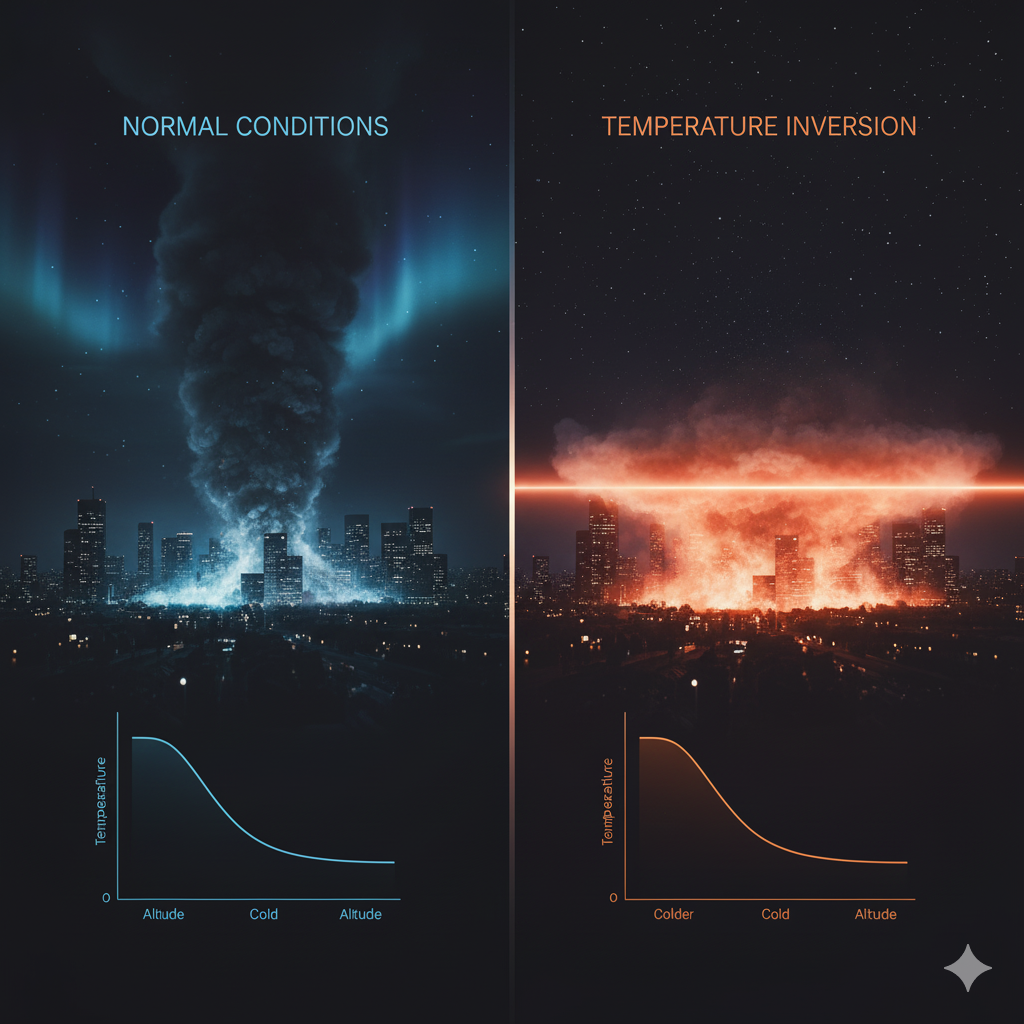Introduction
Rivers are dynamic landform creators, and their lower courses often deposit sediments to form deltas at their mouths. Deltas are fan-shaped or triangular deposits of alluvium, formed where rivers enter a standing body of water such as a sea or a lake. India, with its vast river systems, hosts many prominent deltas, including the Ganga-Brahmaputra delta, the Godavari delta, and the Krishna delta.
However, the rivers originating from the Western Ghats — despite being perennial and carrying significant water — rarely form deltas. Understanding this phenomenon requires a careful study of geomorphology, river dynamics, topography, and coastal processes. This essay provides an in-depth exploration of the factors preventing delta formation by Western Ghats rivers, with educational clarity for students of geography and earth sciences.
1. Understanding Delta Formation
1.1 Definition of a Delta
A delta is a depositional landform created by sediment accumulation at the mouth of a river, where it slows down upon entering a standing water body.
Key characteristics of deltas:
- Fan-shaped or triangular in appearance.
- Formed by alluvial deposits like silt, clay, and sand.
- Supported by low gradient, slow-flowing rivers, and sheltered coastal environments.
- Often exhibit branching distributaries, which distribute water and sediments.
Essential conditions for delta formation:
- Adequate sediment supply from upstream.
- A gentle coastal slope at the river mouth.
- A relatively calm sea with minimal tidal or wave action to wash away sediments.
- Sufficient time for deposition without abrupt geological changes.
2. Rivers of the Western Ghats: Overview
The Western Ghats, a mountain range along the western edge of India, extend from Maharashtra in the north to Kerala in the south, running parallel to the Arabian Sea coast.
Characteristics of Western Ghats rivers:
- Short and swift-flowing: Most rivers are less than 200 km in length.
- Steep gradient: Rivers descend rapidly from the Ghats to the Arabian Sea, giving them high erosive energy.
- Heavy monsoonal flow: Rivers are seasonal, swelling during monsoon but shrinking in dry months.
- Narrow valleys: Rivers flow through gorges and valleys, restricting sediment deposition.
Major rivers include:
- Tapi and Mandovi in Maharashtra and Goa
- Sharavathi in Karnataka
- Periyar, Bharathapuzha, and Mandakini in Kerala
These rivers have different characteristics from the long, slow rivers of the Eastern Ghats and Indo-Gangetic plains, which frequently form deltas.
3. Factors Preventing Delta Formation by Western Ghats Rivers
Delta formation is hindered by several interrelated physical, geomorphological, and oceanographic factors.
3.1 Short River Length
Western Ghats rivers are generally shorter than 200–300 km.
- Implication: Short rivers carry sediments only over a limited distance before entering the sea.
- Comparison: Rivers like the Ganga, Godavari, Krishna, and Mahanadi, with lengths over 1,000 km, have sufficient time for sediment deposition and delta formation.
- Result: Rapid delivery of sediments to the sea without forming extensive depositional plains.
3.2 Steep Gradient and High Velocity
- The Western Ghats rivers flow through steep slopes, creating a high-energy environment.
- Consequence: Fast-flowing rivers transport sediments quickly into the sea without allowing deposition near the mouth.
- Sediment transport: Coarse material (boulders and gravel) is carried directly to the sea floor.
- The lack of slowing down at river mouths prevents the accumulation of sediments needed for delta formation.
3.3 Narrow Continental Shelf and Steep Coastal Slope
- The western coast of India has a narrow continental shelf, unlike the broad eastern coastal plains.
- Consequence: Rivers from the Western Ghats enter the Arabian Sea abruptly, with deep water close to the shore.
- Effect: Rapid deepening of the sea prevents sediments from depositing near the coast, washing them away into deeper waters.
- Comparison: Eastern coast (Bay of Bengal) has a wide continental shelf, allowing sediment deposition and delta formation.
3.4 High Wave and Tidal Action
- The Arabian Sea experiences strong wave and tidal currents, especially during the monsoon.
- Impact: Sediments carried by rivers are eroded or dispersed along the coast instead of accumulating at the river mouth.
- Result: Delta formation is prevented, as sediment deposition is unstable.
- Contrast: Eastern coast rivers (e.g., Godavari, Krishna) enter a calmer Bay of Bengal with weaker tidal influence, favoring delta formation.
3.5 Heavy Rainfall and Seasonal Variability
- Western Ghats rivers experience intense monsoonal rainfall, leading to:
- Short-lived flooding
- Rapid river discharge into the sea
- During the dry season, rivers carry minimal water, reducing the time for sediment deposition.
- Outcome: The episodic nature of sediment supply prevents the continuous build-up of deltaic landforms.
3.6 Limited Sediment Load
- Though rivers erode the Western Ghats extensively, the short course and rocky terrain limit fine sediment transport.
- Most sediments are coarse-grained (boulders, pebbles), unsuitable for building broad delta plains.
- Comparison: Long rivers of the eastern plains carry abundant fine silt and clay, ideal for delta formation.
3.7 Geological Stability and Tectonics
- The Western Ghats region is geologically stable, with hard igneous and metamorphic rocks.
- Rivers flow through steep valleys and gorges, lacking broad depositional plains.
- Any sediment that reaches the coast is often washed away by waves before forming deltas.
- Eastern India, in contrast, has soft sedimentary rocks, facilitating river meandering and deltaic deposition.
4. Case Studies of Western Ghats Rivers
4.1 Sharavathi River
- Origin: Western Ghats, Karnataka
- Flow: ~128 km, descending steeply into the Arabian Sea at Jog Falls
- Observation: Rapid descent and high velocity prevent delta formation. Instead, coastal estuaries like Honnavar are formed.
4.2 Periyar River
- Origin: Kerala
- Flow: ~244 km, fast-flowing with multiple dams (e.g., Idukki Dam)
- Observation: Enters Vembanad Lake as a lagoon rather than forming a delta. Sediments settle in lagoons rather than creating fan-shaped deposits.
4.3 Mandovi and Zuari Rivers
- Origin: Goa
- Observation: Enter Arabian Sea via narrow estuaries, with tidal influence dominating. No deltas are formed; instead, estuaries and backwaters are common.
5. Coastal Processes vs Delta Formation
- Western coast exhibits erosional features like cliffs, narrow beaches, and rocky promontories.
- Sediments transported by rivers are quickly removed by strong waves and longshore currents, preventing accumulation.
- Estuaries and coastal lagoons are more typical features of the western coast than deltas.
6. Comparative Analysis: Western vs Eastern Rivers
| Feature | Western Ghats Rivers | Eastern Ghats Rivers / Indo-Gangetic Plains |
|---|---|---|
| River length | Short (<300 km) | Long (>1000 km) |
| Gradient | Steep | Gentle |
| Sediment load | Coarse, limited | Fine, abundant |
| Continental shelf | Narrow | Wide |
| Tidal & wave action | Strong | Mild |
| Delta formation | Rare | Common (e.g., Ganga, Godavari) |
Conclusion from comparison:
The absence of deltas along the western coast is a combined effect of topography, sediment characteristics, coastal slope, and strong oceanic processes.
7. Importance of Understanding Western Ghats Rivers
- Provides insight into coastal management, flood control, and water resource planning.
- Explains the formation of estuaries, backwaters, and lagoons, which are ecologically significant.
- Helps in predicting sediment transport and designing ports or coastal structures.
- Essential for UPSC and educational geography studies, highlighting contrasts between river systems.
8. Conclusion
The rivers of the Western Ghats do not form deltas due to a combination of natural and geomorphological factors:
- Short river length limits sediment transport distance.
- Steep gradient and high velocity prevent deposition.
- Narrow continental shelf and abrupt coastal slope cause sediments to be carried into deep water.
- Strong Arabian Sea waves and tides disperse sediments.
- Seasonal monsoon variability leads to episodic sediment supply.
- Coarse sediment load and hard geology restrict formation of alluvial plains.
Instead of deltas, Western Ghats rivers often form estuaries, lagoons, and backwaters, contributing to coastal ecology and unique landscapes. Understanding these processes highlights the dynamic interaction between rivers, topography, and oceans, demonstrating why delta formation is common in the eastern coast but rare in the western coast of India.




